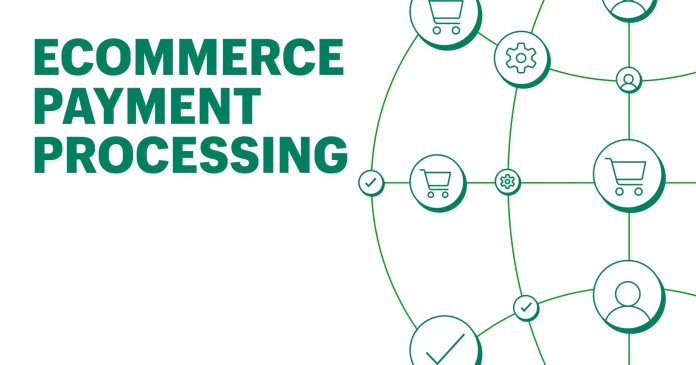Handling payments is like the engine that keeps your online store running smoothly. It’s not just about ensuring your customers have a hassle-free shopping experience; it’s also about ensuring your business’s finances are in tip-top shape. This article will dive deep into e-commerce transaction management, covering everything from choosing the right payment gateway to keeping those pesky fraudsters at bay. So, let’s explore some savvy strategies for making your e-commerce payment process a breeze!
Table of Contents
Choose the Right Payment Gateway
The first step in effective e-commerce payment processing is selecting the right payment gateway. Your payment gateway bridges your online store and the customer’s bank, making it a critical business component. Consider factors such as transaction fees, supported payment methods, security features, and compatibility with your e-commerce platform when choosing a payment gateway such as PayPal, Stripe, and more.
Offer Multiple Payment Options
Diversify your payment options to cater to a broader audience. Alongside traditional credit card payments, consider integrating digital wallets like PayPal, Apple Pay, and even cryptocurrencies like Bitcoin. Providing multiple payment methods can reduce cart abandonment rates and increase conversions. PayTraQer, for instance, supports a wide range of payment methods, allowing you to sync your Stripe, PayPal, and Clover payments into QuickBooks, thus automating the bookkeeping process.
Prioritize Mobile Payments
With the increasing use of smartphones for online shopping, optimizing your payment process for mobile users is essential. Ensure your mobile-responsive payment pages offer a seamless checkout experience on smaller screens, emphasizing mobile-friendly payment options.
Implement Strong Security Measures
Security is paramount when dealing with online payments. Invest in SSL certificates to encrypt data, adhere to PCI DSS compliance standards, and regularly update your website’s security features. Display trust badges and security seals prominently during checkout to build customer trust.
Streamline the Checkout Process
A lengthy and complicated checkout process can deter customers from completing their transactions. Implement a one-page or one-click checkout option to simplify the process. It also allows customers to securely save their payment information for future purchases, making it convenient for repeat buyers.
Monitor and Prevent Fraud
Online fraud is a significant concern for e-commerce businesses. Utilize fraud detection tools like SEON, Signifyd, Sift, and algorithms to monitor transactions for suspicious activities. Set up alerts for unusual transactions and implement a system for reviewing and verifying orders. Educate your team about common fraud indicators and prevention techniques.
Offer Transparent Pricing
Customers appreciate transparency when it comes to pricing. Display any additional fees, shipping costs, or taxes during checkout. Unexpected charges can lead to cart abandonment and negatively impact your conversion rates. Hence, transparent pricing in E-commerce is pivotal.
A/B Testing and Optimization
Continuously optimize your payment process by conducting A/B tests. Also, test elements such as button colors, payment form layouts, and the placement of trust signals to determine what resonates best with your audience. Regularly analyze the results and make data-driven improvements.
Provide Excellent Customer Support
Incorporate robust customer support into your payment processing strategy. Ensure that customers can easily reach out for assistance during the checkout process. A responsive and helpful support team can resolve issues, answer questions, and save potentially lost sales.
Analyze Data and Reporting
Leverage data analytics tools to gain insights into your payment process’s performance. Track key metrics such as conversion rates, abandoned carts, and payment errors. Regularly review these reports to identify areas for improvement and refine your strategy accordingly.
Wrap-Up:
Effective e-commerce payment processing is essential for the success of your online business. By choosing the right payment gateway, offering multiple payment options, prioritizing mobile payments, and focusing on security, you can create a seamless and secure transaction experience for your customers. Applications like PayTraQer ensure that data between QuickBooks and Shopify is synchronized, eliminating discrepancies in accounting and bookkeeping processes. Continuous optimization, fraud prevention, and excellent customer support are crucial to a successful payment processing strategy.



















